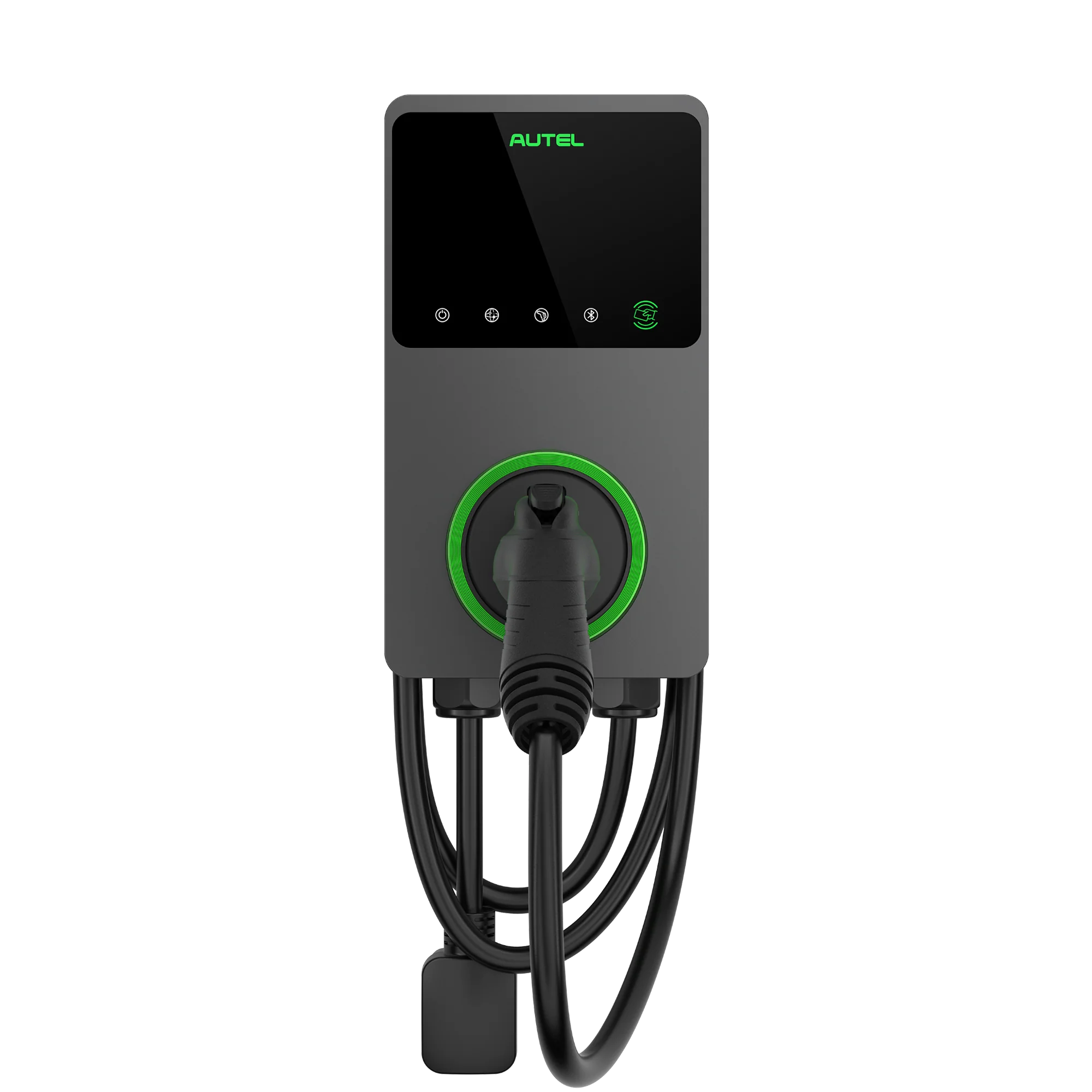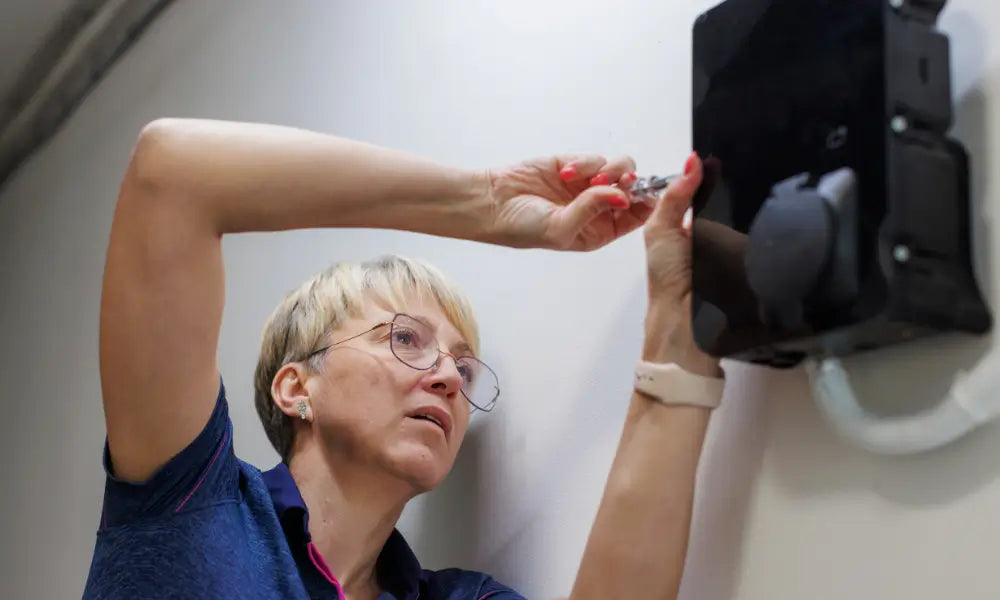As the popularity of electric vehicles (EVs) grows, more drivers in California are seeking convenient and cost-effective ways to charge their cars. California, known for its strict environmental regulations and eco-friendly initiatives, is at the forefront of the EV revolution. However, for renters, finding accessible charging solutions can be a challenge. If you're an EV owner living in a rental property, you may wonder how to convince your landlord to install an EV charger. This guide will walk you through the process, from understanding your rights to making a compelling case.
Why Installing an EV Charger is Important
Electric vehicles come with a range of benefits, including reduced carbon emissions and lower fuel costs, but one of the biggest challenges for EV owners is finding a convenient place to charge. Having an EV charger at home is a major advantage, allowing drivers to recharge overnight at a much lower cost than public charging stations.
For renters, getting an EV charger installed isn't just a convenience—it's a necessity for those who rely on their vehicles for daily commutes. Additionally, landlords can benefit from adding charging stations by enhancing the appeal of their property and attracting eco-conscious tenants. With California pushing toward an all-electric vehicle future, having EV infrastructure in place can future-proof rental properties.
See also: How to Install a 240 Volt Outlet for Electric Car
Know Your Rights as a Tenant in California
In California, there are laws in place to protect renters who want to install EV chargers. The Right to Charge Law (SB 638) allows tenants in multi-unit dwellings to request the installation of EV chargers at their own cost, provided certain conditions are met. Under this law, landlords cannot unreasonably refuse a tenant's request if the installation is feasible and compliant with local regulations.
To take advantage of this, renters must:
-
Pay for the cost of installation, operation, and maintenance.
-
Ensure that the charger complies with safety and building standards.
-
Provide the landlord with proper documentation outlining the installation process.
However, if your landlord refuses without valid reasons, you may have legal grounds to take further action under California law.
How to Approach Your Landlord
Convincing your landlord to install an EV charger requires a thoughtful and strategic approach. Here are some steps to take:
1. Highlight the Benefits
Frame your request by emphasizing how an EV charger can add value to the property. Point out that installing EV chargers is a growing trend that will appeal to a wider range of tenants. It's an attractive amenity that increases the property’s long-term appeal, especially as EV adoption grows across California.
2. Address Their Concerns
Be prepared to address potential concerns, such as installation costs, liability, and maintenance. Offer to handle the research and gather estimates for the project. If your landlord is concerned about the cost, mention the numerous rebates, grants, and incentives available to offset installation costs (more on this below).
3. Share the Costs
If you're willing and financially able, offer to share the costs of installation. This shows your landlord that you're invested in making the installation happen and reduces their financial burden.
4. Provide a Formal Request
Draft a formal letter requesting the EV charger installation. Be sure to include:
-
A clear explanation of the benefits for both parties.
-
A breakdown of any financial incentives that can help.
-
Information about the installation process and compliance with local laws.
Financial Incentives and Rebates Available in California
California offers a variety of financial incentives that can help reduce the cost of installing an EV charger. Both renters and landlords can benefit from these programs:
1. California Electric Vehicle Infrastructure Project (CALeVIP)
CALeVIP provides incentives to property owners for installing EV chargers, which can be a great selling point for your landlord. This program varies by region, so it's worth checking what’s available in your area.
2. Utility Company Incentives
Many utility companies in California offer rebates for EV charger installations. For example, Southern California Edison (SCE) and Pacific Gas & Electric (PG&E) offer programs that help cover the costs of home and multi-unit dwelling charger installations.
3. Federal and State Tax Credits
There are also tax credits available to help offset the cost of EV charger installations. Your landlord may be eligible for both federal and state tax credits that could significantly reduce the upfront cost of installation.
By researching and presenting these options to your landlord, you can make the financial case for an EV charger installation much more compelling.
Alternatives if Your Landlord Refuses
If your landlord refuses to install an EV charger, don’t give up! There are alternative solutions to consider:
Portable EV Chargers
A portable EV charger can be plugged into a standard 120V outlet. While it won’t provide the fast charging speeds of a Level 2 charger, it can still get the job done, especially if you have access to an outlet near your parking spot.
Nearby Public Charging Stations
Check if there are public charging stations within walking distance of your residence.
Community Solutions
If you live in a multi-unit dwelling, you could consider gathering interest from other tenants. Sometimes landlords are more likely to invest in a charger if multiple tenants express interest in using it.
Autel offers high-performance EV home chargers that are both reliable and user-friendly. Their Autel MaxiCharger, for instance, is a smart EV charger that supports Level 2 charging, providing up to 7 times faster charging than a standard outlet. It’s also compatible with all-electric vehicles, ensuring you can charge efficiently whether you're at home or moving to a new location.
Conclusion
Getting your landlord to install an EV charger in California is achievable with the right approach. Utilize tenant-friendly laws, highlight financial incentives, and present the long-term benefits. By being proactive and prepared, you can increase your chances of securing a win-win solution for both you and your landlord.
















Laisser un commentaire
Tous les commentaires sont modérés avant d'être publiés.
Ce site est protégé par hCaptcha, et la Politique de confidentialité et les Conditions de service de hCaptcha s’appliquent.